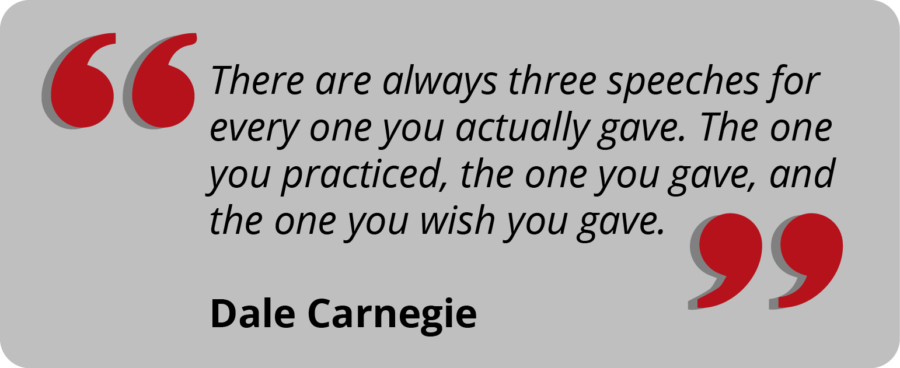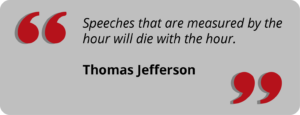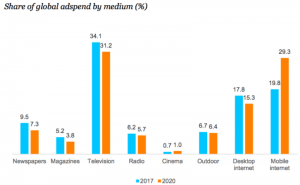— February 14, 2018

Keynote speeches — like the ones that kick off a big sales drive or annual meeting — are fantastic opportunities…that aren’t always leveraged to their fullest.
Most executive leaders will take to the podium assured that the top-line strategic messaging of the day, a sprinkling of humor and a few perfunctory rallying cries for the troops will be in their notes.
But is that good enough?
While attendance is sometimes mandatory, every leader has the responsibility to do more than “check the boxes” with a speech so he or she can get on with their day. The speech must deliver value. This is central to everything we do at K&R Negotiations: analyzing the audience and goals to determine what impact an activity will make.
The “warm fuzzies” generated by even a great keynote speech will quickly subside with the event, but here is a central consideration that will make the activity more powerful: “What value will I deliver outside of the messaging, humor and applause lines?”

A few years ago a friend of mine, George Kohlreiser, gave a speech about the consequences of holding on to things that were comfortable because they were familiar; things that were always done a certain way. He likened it to holding yourself hostage, a condition that stifled creativity and prevented the “hostage” from dealing with difficult issues and people. The speech was so powerful that it inspired me to take steps to deal with some challenges in our business. Confronting these challenges resulted in one of our best years ever.
Two Critical Questions
Ask yourself two important questions as you vet speakers or work on a draft for yourself:
- What will my audience know that they didn’t know before? Corporate boilerplate does not count. Value is delivered when you make your audience feel as though they are discovering some new insight — maybe even a secret — that tells them they are receiving thoughtful analysis tailored just for them — that their view of the world has suddenly expanded because you have let them in on something. This is the kind of hook that made the Ted Talks series so successful — they offer surprising shifts in knowledge and perspective, having both intellectual and emotional components.Keeping this guidepost in mind will steer you away from the conventional “laundry list” of objectives, goals and milestones that are too often used as filler.
- Will my audience know how to do something that they couldn’t do before? One of our chief goals in business negotiation training and workshops is to make sure that every single person walks out the door ready to apply a few key principles. We know we have done our job when sales managers report back on their success. This is the key proposition for focusing any kind of communication: What do I want the person listening to actually do, and how? Supporting your talk with tactical takeaways gives your speech lasting power beyond the temporary fizz of applause.
The distinction between a good speech and an inspiring and action-producing speech was illustrated in classical times: After the Roman statesman Cicero spoke, the people said, “How well he had done!” but when Demosthenes had finished speaking against the oppression of Phillip of Macedon, they said, “Let us march.”
The greatest compliment I can receive is not for someone to say, “I loved your talk at the ABC conference,” but rather, “Your talk gave me great insight that I put to use. I just had my best year ever.” Giving your audience something new to know and something immediate to do (getting them to march) will help you deliver a keynote with lasting value.
Business & Finance Articles on Business 2 Community
(34)
Report Post




